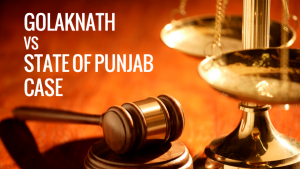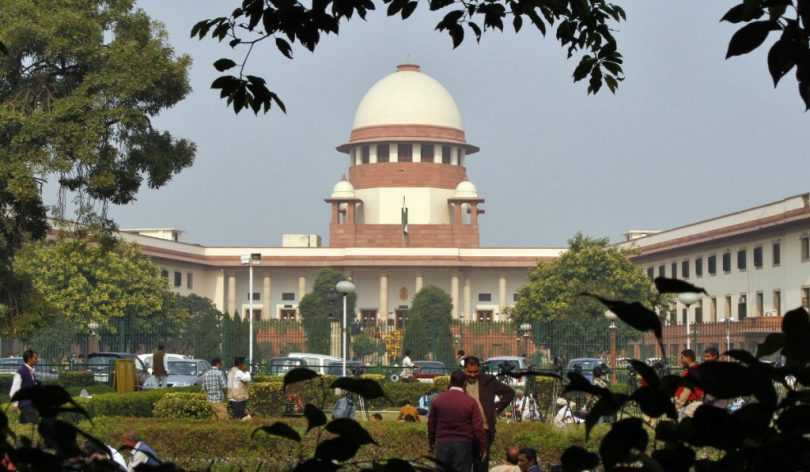In recent years, it has been seen that the relations between the executive and the judiciary are not very sweet. The judiciary is facing allegations of the encroachment of its boundary. On many moments, the top members of the judiciary have expressed their frustration over the failure of the executive in resolving issues that harm the judicial benches. The absence of confidence and respect, called the foundation of the relationship between two important pillars of the state, is apparent in front of everyone. Many members of the previous governments have been complaining that the judiciary habitually interferes in the jurisdiction of the executive. This allegation is being supported by legalists as many of its decisions testify to the tendency to cross the limits of judicial activism.
Summary- (Golaknath case, was a 1967 Indian Supreme Court case, in which the Court ruled that Parliament could not curtail any of the Fundamental Rights in the Constitution.)
The executive has been trying to subdue the judiciary and the judiciary has given it an excuse to go beyond his Lax Line. Efforts to weaken the judiciary are a threat to the basic character of Indian democracy. But it is a pity that it has the support of the majority. It will be ironic that this government is pursuing the objectives laid out by the self-proclaimed leftist Mohan Kumar Mangalam of the Indira government, who are opposing it at the ideological level.
However, after the independence, the situation was not always the same. Jawaharlal Nehru was troubled by the judicial interpretation of the constitution. Even because of this, the first amendment to the fundamental right of freedom of expression was also done, but Nehru still showed great respect for the judiciary. Till now, the judiciary has been trying to make its obedience. Also, it has also been tried that the judge accepts his first assignment to establish a tight balance between the legislature and the executive. Some politicians, especially when they are in power, openly support the ‘committed judiciary‘. But there is no shortage of those who want such inner intent within.
Golaknath case 1967
Just half a century ago, in the year 1967, the Supreme Court began to change the script by reciting his decision in the Golaknath case. The agitation between Golaknath’s judiciary and the executive continued for more than six years, till the Supreme Court in 1973 did not declare its decision in the Keshavanand Bharti case. This decision has since worked so far to save the basic character of the Constitution (Basic Character).

GolakNath Case India
After that, the government tried to provide the uninterrupted powers of Parliament to amend or reduce any part of the Constitution, including fundamental rights. Remembering this chapter related to the relationship between the administration and the judiciary and the executive, it has become necessary for two reasons. First, a party’s domination (BJP) has returned again; Second, there are many similarities between Mrs. Gandhi and Narendra Modi’s personality. It is certain that this narrative will have to be knit around the political developments of that period.

The decision in the Golaknath case came within a few days of the results of the fourth Lok Sabha election giving Indira Gandhi the new term as the Prime Minister. Despite having a majority in Parliament, Congress was out of power in many states. In many states, between the formation of the alliance governments and the decline in the Congress’, Mrs. Gandhi was also involved in a bitter struggle for power. She wanted to write her own destiny themselves.
The rise of Golaknath case by challenging the acquisition of land of his farm under a land dispute law in Punjab by a family of this name. However, this case was coming out before Mrs. Gandhi’s tenure, but it became a landmark constitutionally. This gave rise to political upheaval because the family had challenged the acquisition of their land on the basis that It violates the fundamental right to property, acquire and do any business.
The Golaknath family also argued that the Acquisition of their land is against the fundamental rights of equality and statutory protection before the law given by the Constitution.
This case raised a very important question: Can the fundamental rights be amended? In this case, the 11-judge bench reviewed the decisions of the five judges’ bench, in a former case (Shankari Prasad versus Union of India), which said that Parliament had the right to amend any part of the Constitution.


Leave a Comment